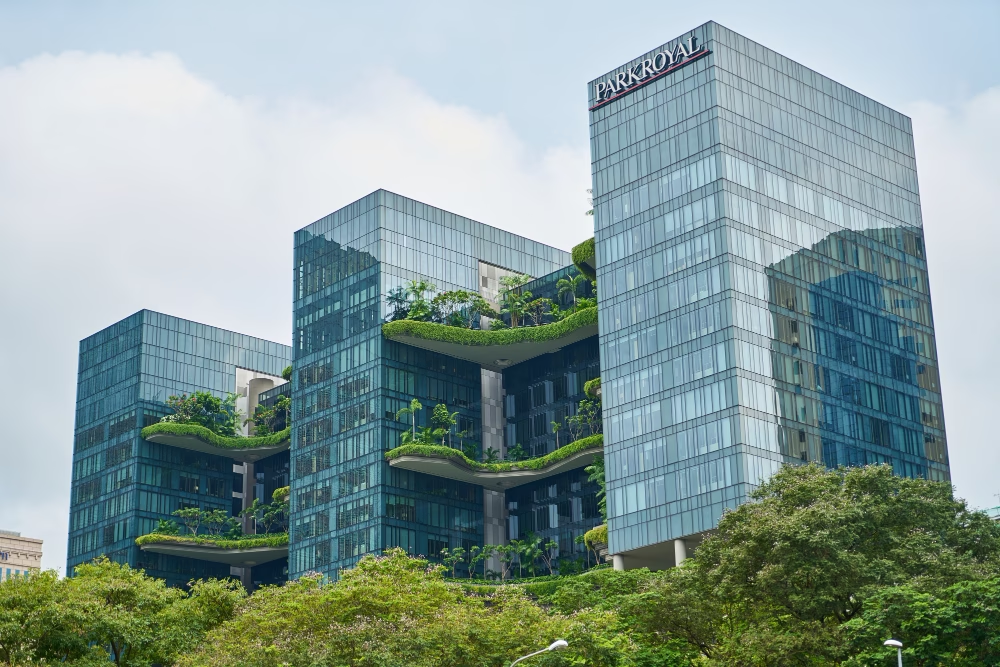
Urban Design Services That Meet Australian Green Building Standards
Discover how urban design services help meet Australian green building standards. Learn how Smart Planning and Design supports sustainable, compliant projects.
read more

As Australian cities continue to grow, managing density and ensuring housing affordability have become defining challenges for urban planning. The answer is not simply to build more; it’s about strategic planning that creates a diverse range of housing options in the right locations, fostering balanced, equitable, and sustainable communities for all. This requires a nuanced approach that moves beyond the binary of endless urban sprawl versus monolithic high-rise towers.
At Smart Planning and Design, we specialise in developing responsive housing strategies and land use plans that directly address these critical challenges. Our expertise in strategic planning empowers Australian urban planning to deliver diverse housing that meets the needs of a growing population while enhancing liveability. To truly dominate urban planning Australia, we must plan for a future that is both dense and affordable.
Major Australian capitals like Sydney and Melbourne are experiencing rapid population growth, which, combined with constrained housing supply, has fuelled a persistent affordability crisis. Uncontrolled urban sprawl is not a sustainable solution, as it leads to increased infrastructure costs, longer commutes, environmental degradation, and car-dependent communities.
A critical gap in the market is the "missing middle" — housing types like duplexes, townhouses, terraces, and low-rise apartments that provide a vital bridge between detached houses and high-rises. Our strategic planning focuses on unlocking the potential for these diverse housing options to create more affordable and liveable communities.
Smart Planning and Design develops comprehensive housing strategies that are integrated with broader urban planning goals. Our approach focuses on creating well-designed, functional, and equitable communities:
A strategic approach to density and housing offers transformative benefits for urban planning in Australia:
Smart Planning and Design brings a unique strategic capability to housing challenges in Australia, combining housing policy, land use planning, urban design, and community engagement. Our holistic approach and ability to navigate complex challenges allow us to develop and implement context-specific solutions for diverse Australian municipalities. While SmartCitySS can analyse demographic data (see Data-Driven Urban Planning in Australia - Smart City SS), SPD uses that analysis to formulate the strategic planning and land use policy solutions that address the housing crisis.
Strategic planning for density and housing affordability is a defining challenge for urban planning in Australia. Smart Planning and Design provides the expertise to create equitable, diverse, and liveable communities that meet the needs of a growing population.
Explore Our Strategic Planning Services
Contact us today to discuss how Smart Planning and Design can help your council or organisation develop visionary housing strategies and land use plans for a more equitable future in Australia.
Urban Planning Australia: Building the Future, One Home at a Time.

Discover how urban design services help meet Australian green building standards. Learn how Smart Planning and Design supports sustainable, compliant projects.
read more

Discover the benefits of mixed-use developments in town planning Australia. Learn how they boost convenience, sustainability, and community connection.
read more

Discover why feasibility studies are essential in town planning Australia. Learn how they save time, reduce risks, and improve approval chances.
read more